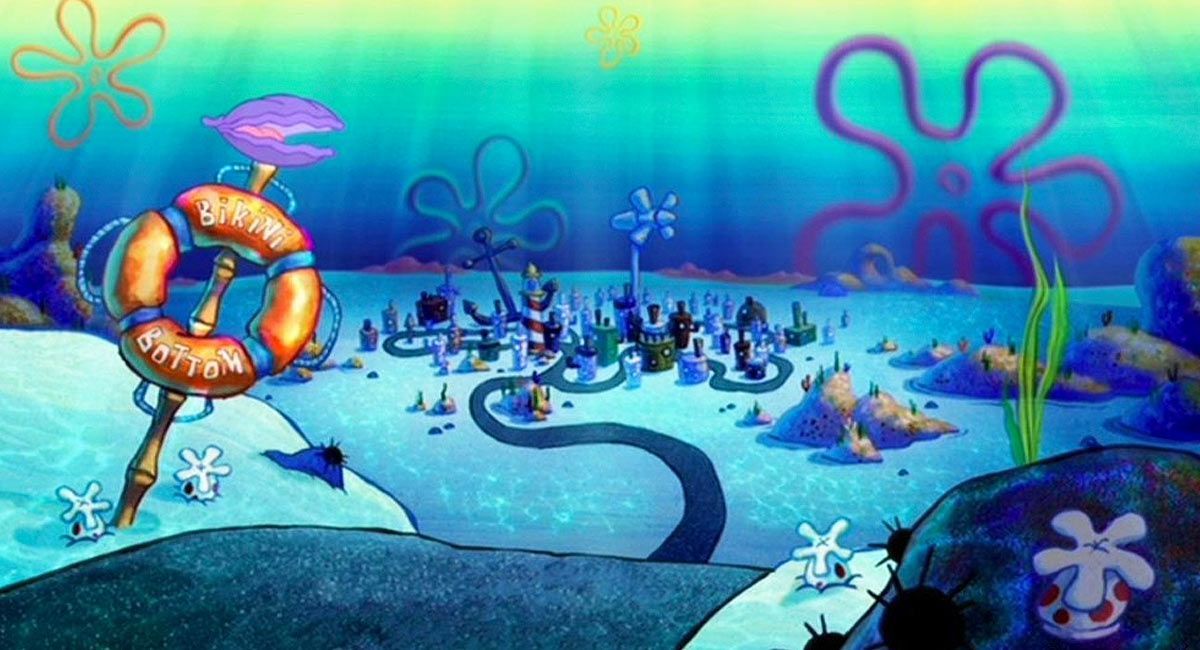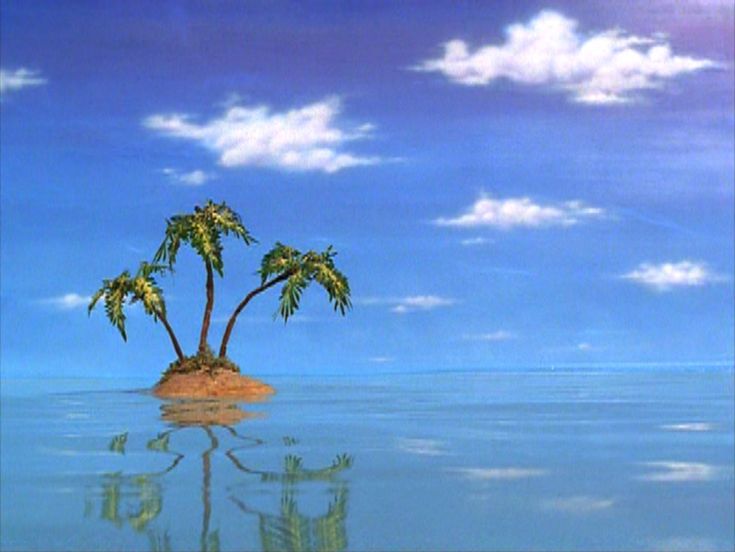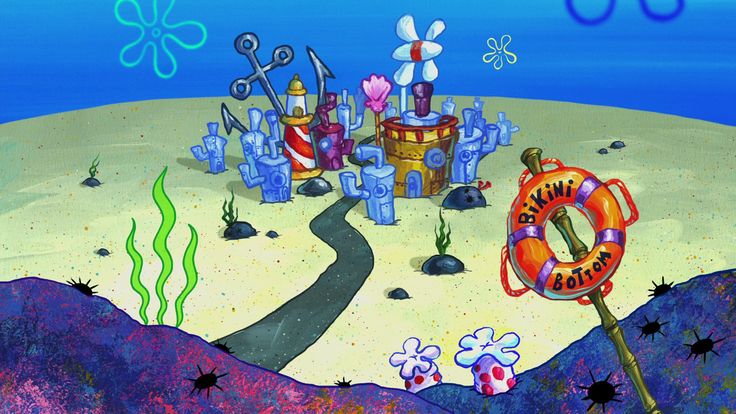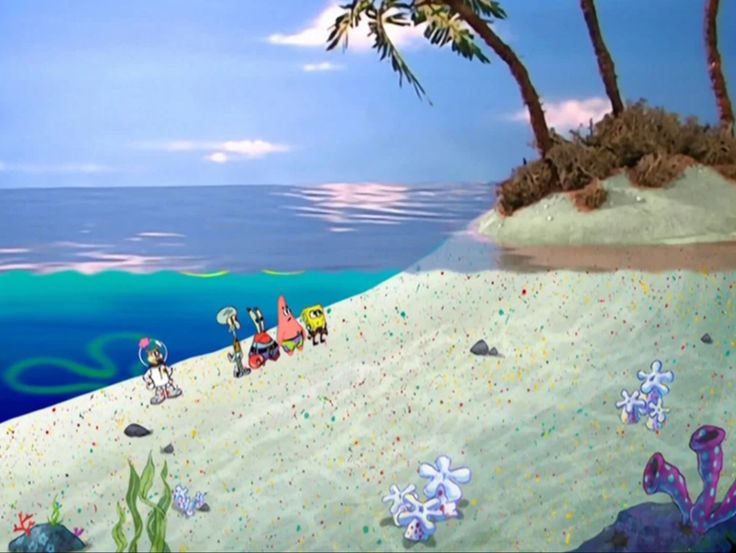Stockholm
Hey look, I was there! 🙂
Stockholm, the capital of Sweden, is a city that exudes a charm that’s both captivating and understated. Nestled amidst the picturesque archipelago of Lake Mälaren, the city seamlessly blends its rich history with modern vibrancy. These are our favourite fun facts about Stockholm that might make your visit even more special.
1. Stockholm is a city of islands
The city of Stockholm sits on 14 islands, which are connected by 57 bridges. Each island has its own history and unique characteristics to explore on your visit to Stockholm. The 14 islands are: Stadsholmen, Riddarholmen, Helgeandsholmen, Strömsborg, Kungsholmen, Långholmen, Södermalm, Djurgården, Becksholmen, Reimersholme, Skeppsholmen, Kastellholmen, Lissa Essingen, and Stora Essingen.
Beyond the city lies the Stockholm archipelago, which consists of over 30,000 islands, skerries and rocks. It is the largest archipelago in Sweden and the second largest in the Baltic Sea. All these islands mean that Sweden has the most islands of any country in the world, 267,570 islands at last count most of them uninhabited.
2. Stockholm was the home of many famous Swedes
The richness of Stockholm’s culture shows in the many famous Swedes it has produced. Avicii was born in here, ABBA was formed in here and Astrid Lindgren the author of Pippi Longstocking died in the Swedish capital. Today you can visit museums and attractions dedicated to these famous Stockholmers at the Avicii Experience, ABBA The Museum and Junibacken.
3. The Vasa Museum is the most visited non-art museum in Scandinavia
One of the most famous museums in Stockholm is the Vasa Museum. This museum is built around the 17th-century ship the Vasa, which is the most fully intact salvaged ship of its kind. The 64-gun warship sank on her maiden voyage, before it even left the harbour of the city, in 1628.
The ship was discovered on the bottom of the harbour in the 1950s. And 333 years after it sank it was salvaged. After being on display in a temporary museum for 30 years, the current, specially designed museum opened in 1990.






Gotland
Gotland was cool…literally!
- Around 60,000 people live and work on Gotland year-round, 25,000 of whom live in Visby.
- Gotland has 92 medieval churches built between the twelfth and fifteenth centuries, in as many communities. Sundre on the southernmost point of Gotland is the smallest community with 25 residents, and Visby is the largest with 23,689 residents (2013).
- Gotland is the largest island in Sweden. Its area is 3,140 km² (0.8 percent of the area of Sweden) including the islands Fårö, Gotska Sandön, Furillen, and Stora and Lilla Karlsö.
- Gotland’s coast, including Fårö, spans approximately 800 km.
- The Visby City Wall was built between 1250-1288 and was reconstructed and extended in the fourteenth century. Today it is 3.4 km long.
- The scientist Christopher Polhem was born in Visby in 1661; director Ingmar Bergman spent much of his life on Fårö, and the Pippi Longstocking movies were filmed all over Gotland, but primarily in Visby.
- Gotland resident Olle Johansson was Sweden’s first known student. He registered at Uppsala University in 1477. Gotland resident Betty Pettersson was Sweden’s first female student. She registered at Uppsala University about 400 years later, in 1872.
- Gotland has offered higher education since 1988, first in the form of ordered courses and programmes from various higher education institutions. In 1998, Gotland University College (“Högskolan på Gotland”) was formed as an independent university college.
- On 1 July 2013 Uppsala University merged with Gotland University College to form Uppsala University – Campus Gotland.





